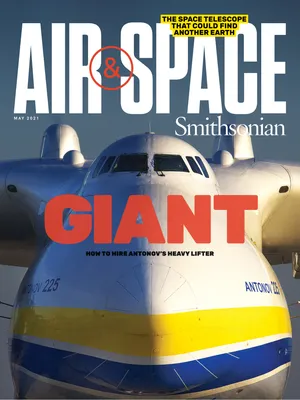Al Williams Made History With his Aerial Performances Between the Great Wars
His ride: the Curtiss 1A Gulfhawk
:focal(1764x1188:1765x1189)/https://tf-cmsv2-smithsonianmag-media.s3.amazonaws.com/filer/1d/04/1d040e1c-6b94-4c15-be11-2ce5844e1ba1/27b_am2021_nasm2020-11359_live.jpg)
A one-of-a-kind airplane befitting its one-of-a-kind pilot, the Curtiss 1A Gulfhawk became even more famous than Al Williams, the Pulitzer Trophy and Schneider Cup winner, U.S. Navy chief test pilot, attorney, newspaper columnist, and aerobatic daredevil who took delivery of the aircraft soon after his retirement from the Navy in 1930. He would use the one-time demonstrator to thrill airshow audiences for roughly six years, until he upgraded to a Gulfhawk 2. Throughout the 1930s, he used both in his syndicated columns and in his aerial demonstrations to lobby for increased investment in military aviation, correctly perceiving that airpower would decide the conflict brewing in Europe.
The 1A was completely rebuilt, twice, after crashes. The first preceded Williams’ ownership, but the more dramatic one came in 1931, when he executed a pancake landing onto an empty embankment outside Charlotte, North Carolina after losing engine power during an inverted falling leaf maneuver at an airshow. This second reconstruction gave the Gulfhawk its iconic configuration, replacing its uncowled D-12 liquid-cooled engine and fabric covering with a nine-cylinder 700-hp Wright Cyclone radial powerplant beneath a Townsend ringed cowl and fared aluminum skin. When Williams joined the Gulf Oil Company in 1933, that sponsor gave the airplane its arresting blaze-orange paint with blue-and-cream detailing.
